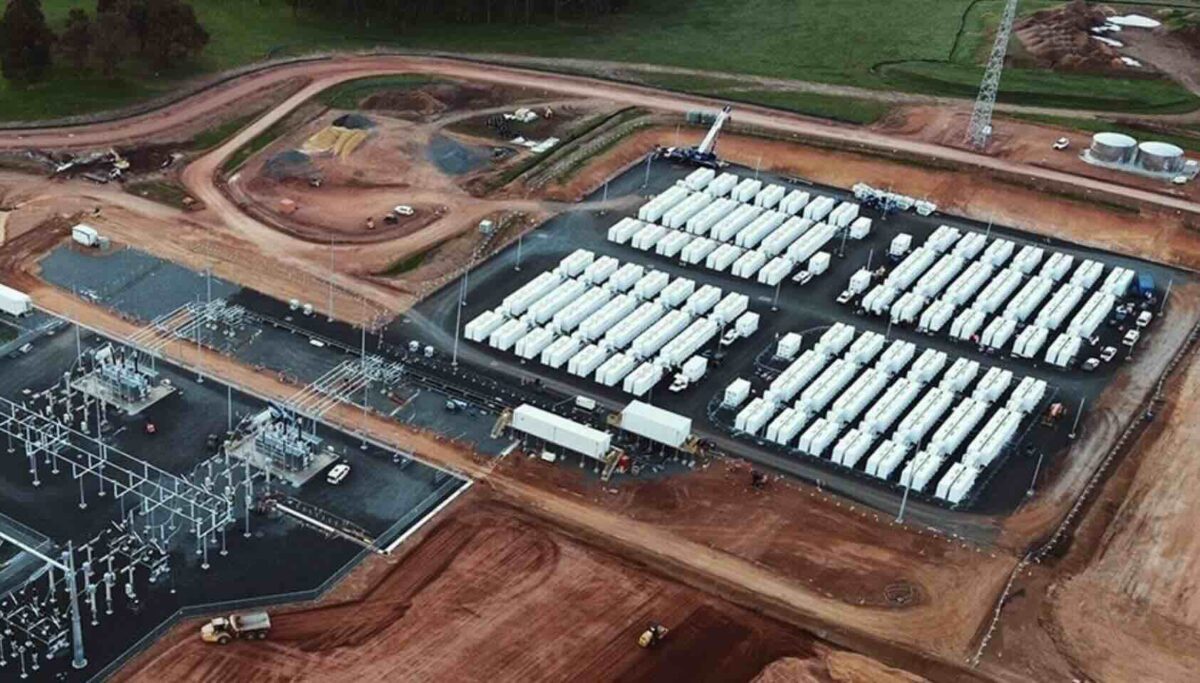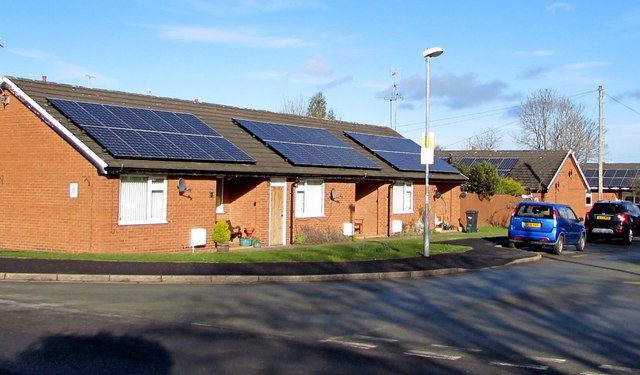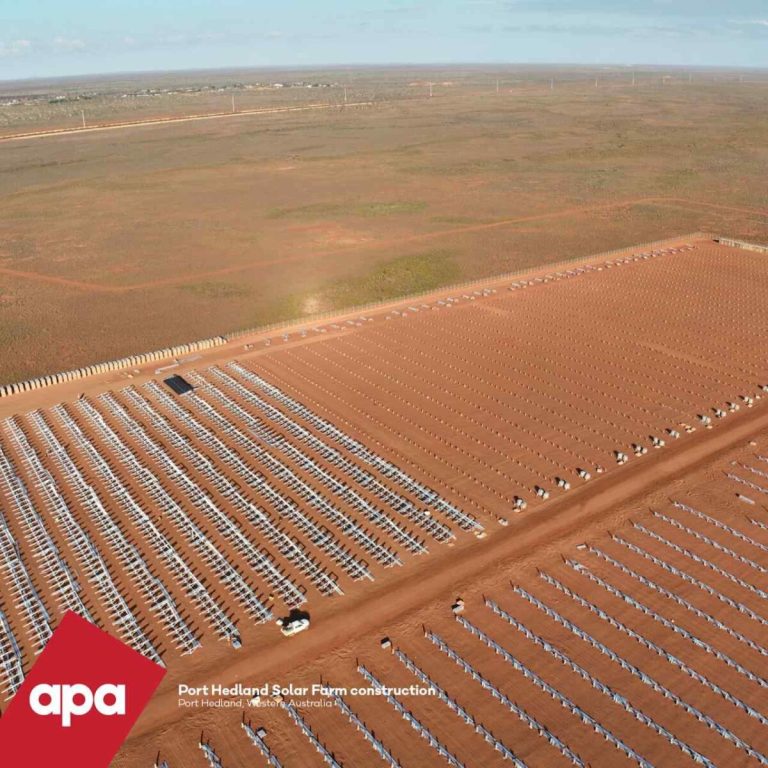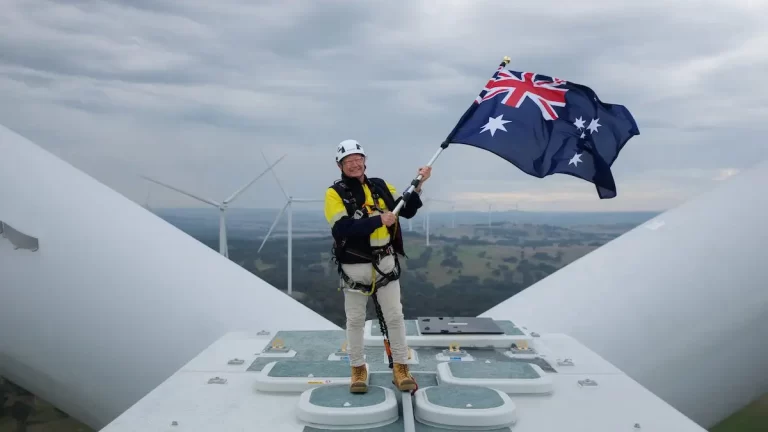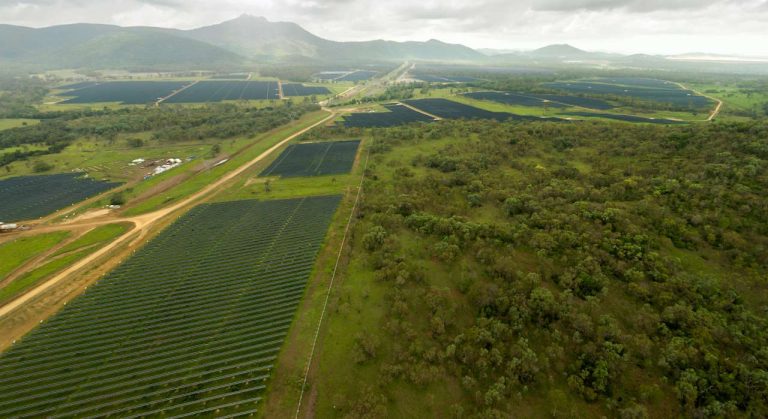AEMO Calls for Longer Batteries and More Renewable Energy in Western Australia
The Australian Energy Market Operator (AEMO) has issued a request for six-hour batteries, along with increased wind and solar capacity and enhanced transmission infrastructure, as Western Australia’s primary grid prepares to phase out coal in the near future.
In its latest Electricity Statement of Opportunities, AEMO highlighted the successful deployment of major battery projects that have addressed immediate supply gaps. However, challenges are anticipated over the next five to ten years, with over 1.75 gigawatts of ageing coal and gas-fired generation set to retire between 2027 and 2032.
Transitioning to Renewable Energy
The South-West Interconnected System (SWIS) faces the unique task of transitioning away from coal-fired power while integrating substantial levels of wind and solar energy, particularly from rooftop photovoltaic systems. AEMO emphasised the necessity for continued investment in generation and storage to manage increasing peak demand and offset the closure of traditional power stations.
Need for Longer Duration Batteries
Although Western Australia has made progress in battery storage, including the upcoming completion of two of the country’s largest battery facilities, more extended duration batteries are required to meet future demand requirements. AEMO stressed the importance of six-hour batteries to ensure sufficient capacity during peak periods.
The report highlighted that existing battery resources have been depleted early during recent peak demand events, underscoring the need for adequate energy storage to meet demand effectively.
Future Energy Landscape
AEMO revised its demand forecasts downwards due to slower electrification rates in homes, lower electric vehicle adoption, and a less optimistic outlook for certain industries. The closure of ageing coal units is expected in the coming years, necessitating the development of new dispatchable capacity and additional renewable energy sources.
By 2026-27, over 1,000 MW of battery storage is projected to be connected, enabling rapid response to demand fluctuations and supporting the integration of solar power. This storage capacity could absorb excess solar energy during daylight hours, potentially eliminating the need for Emergency Solar Management interventions.
Investment and Development
A significant pipeline of over 1,600 MW in committed and probable generation and storage projects is anticipated to be operational by 2027-28. Additionally, 2,300 MW of proposed capacity has been submitted for consideration, highlighting ongoing investment interest in the SWIS.
Ensuring the reliability of electricity supply post-coal phaseout will require a balanced mix of generation sources and storage solutions, supported by the expansion of Western Power’s transmission network.
The emphasis remains on securing a sustainable and dependable energy future for the SWIS amidst the evolving energy landscape.
